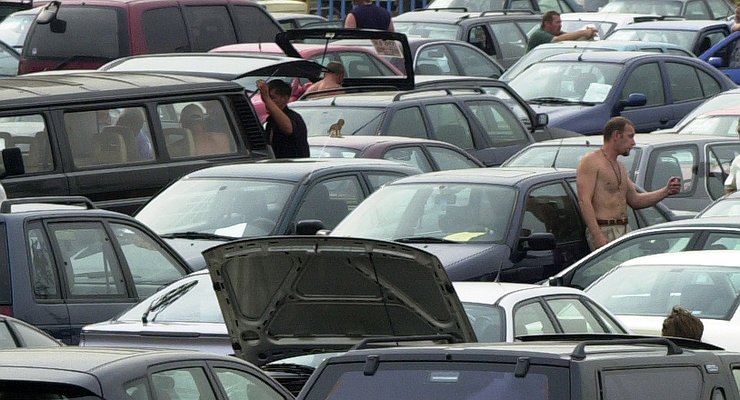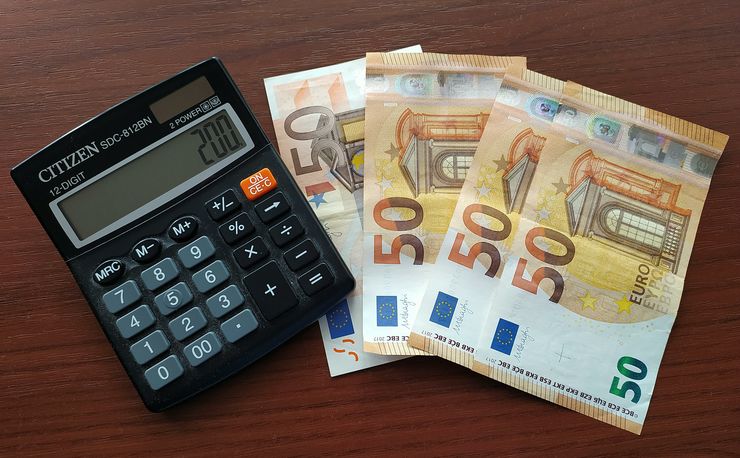Initially, the general European market did not notice a new buyer: for the first few months, prices remained at the same level, which allows you to buy very profitable cars for import into Russia. Judge for yourself: the difference with the internal price reached 500,000 in the mid-range, it is better not to mention the premium segment. However, such an influx of currency from a new source quickly affected the value of the supply, because an excess of money paired with the same and/or diminishing supply of goods inevitably leads to inflation, i.e. to an increase in prices. .
Many European factories never reached full capacity after the pandemic, the purchasing power of the population declined, causing the price curve to skyrocket. The most popular cars have gone up in price, and it’s quite noticeable: the Volvo XC60 added about 3,000 euros to the price list, and the XC90 – more than five. Audi, when we talk about a “transient” three-five-year plan in the A4 class and above, has increased by 5,000 euros in one go, Mercedes and BMW – and even more.
Parallel imports, previously planned at $16 billion, are sure to exceed $20 billion. Not bad so “miscalculated” economists – “plus” 25%. But all the “foam” of the EU used car market will be collected by the end of the year, after which the choice of the least attractive options from the least greedy sellers will begin. It is worth understanding and accepting this, recognizing that the dollar and the euro will no longer be lower, the currency has stabilized, so now is the time to buy a car from Europe. Not the best, but not the worst yet. Furthermore, prices will only increase, and the offer – both in terms of technical and quality features – will be worse.














